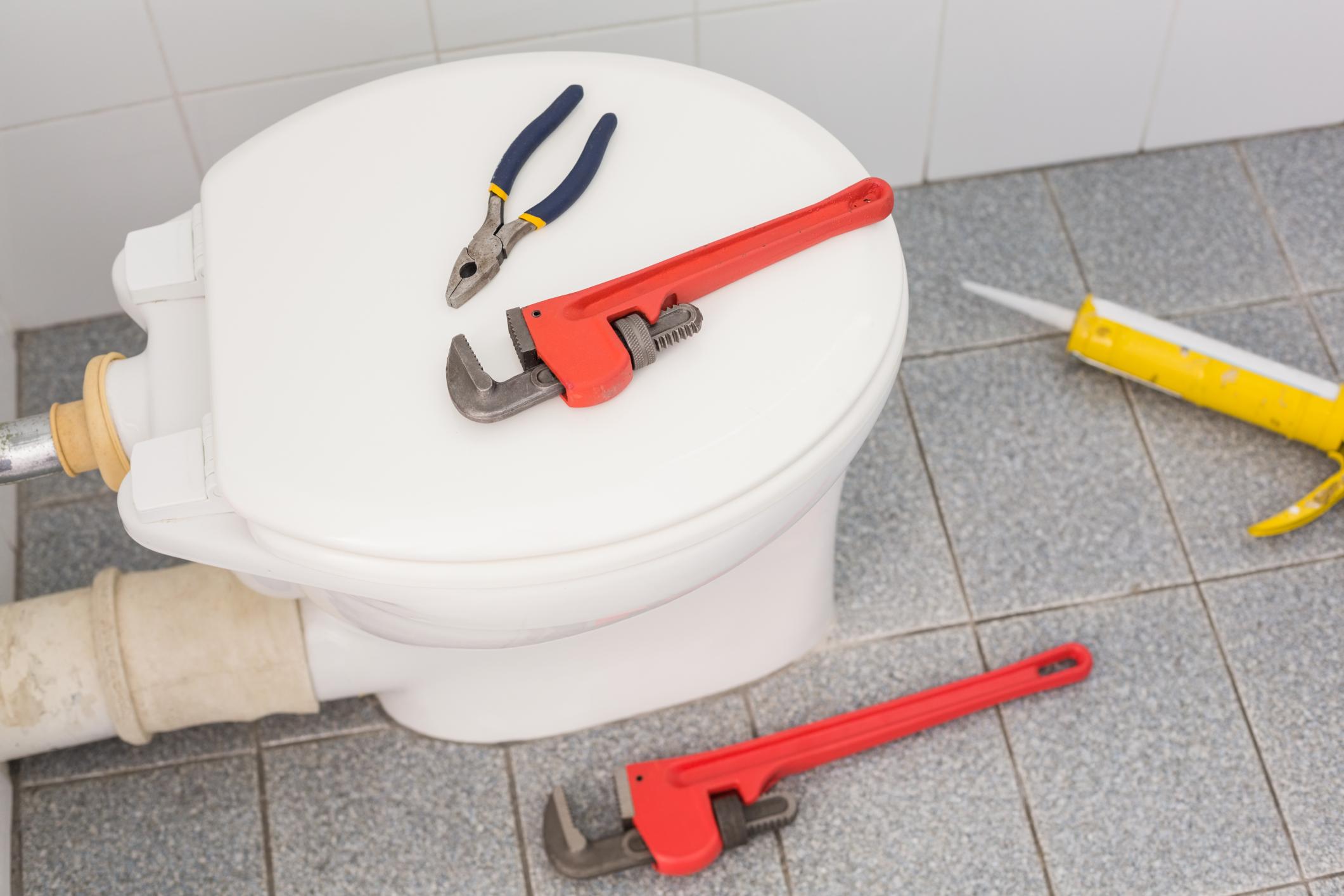

Articles
How Does Toilet Plumbing Work
Modified: March 2, 2024
Discover how toilet plumbing works with our informative articles. Learn about the inner workings of toilets and how to troubleshoot common plumbing issues.
(Many of the links in this article redirect to a specific reviewed product. Your purchase of these products through affiliate links helps to generate commission for Storables.com, at no extra cost. Learn more)
Introduction
Welcome to the fascinating world of toilet plumbing! While it may not be the most glamorous topic, understanding how toilet plumbing works is essential for every homeowner. Whether you are dealing with a clogged toilet or simply want to have a better understanding of how this essential fixture operates, this article will provide you with a comprehensive overview of toilet plumbing systems.
A working toilet is crucial for maintaining a hygienic and comfortable living space. It is a complex system that involves various components working together seamlessly to ensure the proper flow of water and waste. By gaining insight into the inner workings of a toilet plumbing system, you will be equipped to tackle common maintenance issues, troubleshoot problems, and make informed decisions when it comes to repairs or upgrades.
In this article, we will explore the different parts of a toilet plumbing system, including the water supply, flushing mechanism, drainage system, toilet trap, ventilation, and more. Understanding how each of these components function will give you a comprehensive understanding of how your toilet works and how to keep it in top shape.
So, let’s dive in and uncover the mysteries of toilet plumbing!
Key Takeaways:
- Understanding the components and functions of a toilet plumbing system empowers homeowners to maintain a hygienic and efficient toilet, prevent common issues, and make informed decisions for repairs and upgrades.
- Regular maintenance, troubleshooting, and professional assistance when needed are essential for ensuring a trouble-free and reliable toilet plumbing system, minimizing water waste, and preventing costly repairs in the future.
Read more: How Does Home Plumbing Work
Parts of a Toilet Plumbing System
A toilet plumbing system consists of several key components, each playing a vital role in its proper functioning. Understanding these components will provide a clear picture of how water enters, flushes waste away, and successfully exits the toilet. Let’s explore the main parts of a toilet plumbing system:
- Water Supply: Every toilet is connected to a water supply line, typically located behind or beneath the toilet tank. The water supply delivers clean water to the tank, ready for flushing. The shut-off valve controls the water supply and allows you to turn it on or off as needed.
- Flush Mechanism: When you press the flush handle or button on the toilet tank, the flush mechanism is activated. It consists of a flapper or flush valve, which opens to release water from the tank into the bowl. This sudden rush of water creates the force that pushes waste down the drain.
- Drainage System: Once the waste and water are flushed from the toilet bowl, they travel through the drainage system. The drainage system includes a curved pipe called the toilet bend, which leads to the sewer line or septic tank.
- Toilet Trap: The toilet trap is a U-shaped pipe located beneath the toilet bowl. Its purpose is to hold a small amount of water, creating a seal that prevents foul odors and sewer gases from entering the bathroom. The trap also helps to prevent clogs by trapping debris and preventing it from flowing into the drainage system.
- Ventilation: To maintain a healthy plumbing system, toilets require proper ventilation. A vent pipe extends from the drainage system and vents out through the roof. This vent allows sewer gases to escape, equalizes pressure in the pipes, and improves overall drainage performance.
These are the main parts of a toilet plumbing system that work together to ensure smooth operation and efficient waste disposal. Understanding how these components function will help you diagnose issues, perform basic maintenance, and make informed decisions when you need to repair or replace any part of your toilet plumbing system.
Water Supply
The water supply is a critical component of the toilet plumbing system, as it provides clean water for flushing. Understanding how the water supply works will help you troubleshoot issues and ensure a steady flow of water to your toilet.
Every toilet is connected to a water supply line, typically located behind or beneath the toilet tank. This line is connected to the household water supply, which is controlled by a shut-off valve. The shut-off valve allows you to turn the water supply on or off as needed, making it easier to perform maintenance or repairs.
When you flush the toilet, water flows from the supply line into the toilet tank. Inside the tank, a fill valve regulates the water level, ensuring that it doesn’t overflow. Once the tank is filled, it is ready for the flushing process.
If you notice any issues with the water supply to your toilet, such as a weak flush or no water flowing into the tank, there are a few common causes to consider:
- Water Supply Valve: Check if the shut-off valve for the toilet water supply is fully open. Sometimes, the valve may be partially closed, restricting the flow of water. Make sure the valve is turned fully counterclockwise to allow water to flow freely.
- Clogged Fill Valve: If the water supply seems fine but the toilet tank is not filling up properly, the fill valve may be clogged. Mineral deposits and debris can accumulate inside the valve over time, leading to a restricted flow of water. In this case, you may need to clean or replace the fill valve.
- Leaking Supply Line: If you notice water leaking from the supply line connection or a damp area around the shut-off valve, there may be a leak in the supply line. Inspect the connection and tighten it if necessary. If the leak persists, you may need to replace the supply line.
Regular maintenance is essential to ensure the proper functioning of the water supply. Check for any leaks, clean the fill valve if needed, and replace any worn-out components to maintain a steady and reliable water supply to your toilet.
Flushing Mechanism
The flushing mechanism is a crucial component of a toilet plumbing system as it is responsible for the forceful removal of waste from the bowl. Understanding how the flushing mechanism works will help you diagnose and fix common flushing issues.
When you press the flush handle or button on the toilet tank, it activates the flushing mechanism. The main parts of the flushing mechanism include the flush valve (also known as the flapper) and the flush lever or button.
The flush valve is a rubber or plastic disc that covers the bottom opening of the toilet tank. When you flush, the flush lever or button lifts the flush valve, allowing water to rush from the tank into the toilet bowl. This sudden rush of water creates a powerful force that pushes the waste down the drain.
After the flush is complete, the flush valve falls back into place, creating a watertight seal to prevent water from flowing continuously into the bowl. The tank then refills with water for the next flush.
If you experience issues with the flushing mechanism, such as a weak or incomplete flush, there are a few things to consider:
- Flush Valve Seal: If the flush valve seal is worn or damaged, it may not create a proper seal, resulting in a weak or incomplete flush. Inspect the seal and replace it if necessary.
- Adjusting the Flush Lever or Button: If the flush lever or button feels loose or doesn’t return to its original position, it may need adjustment. Check that the lever or button is properly aligned with the flush valve and adjust as needed.
- Water Level in the Tank: The water level in the tank should be set at the appropriate height to ensure a powerful flush. If the water level is too low, it may result in a weak flush. Adjust the water level by adjusting the float or fill valve.
- Clogged Rim Holes: The rim holes around the inside of the toilet bowl contribute to the flushing action. If these holes are clogged with mineral deposits, it can affect the efficiency of the flush. Clean the rim holes using a wire or a specialized cleaning solution.
Regular maintenance, such as cleaning the flush valve and adjusting the water level, will help ensure a powerful and efficient flush. If you encounter persistent flushing issues, it may be necessary to seek professional help to identify and resolve any underlying problems.
Drainage System
The drainage system is an essential part of a toilet plumbing system that facilitates the removal of waste from the toilet bowl. Understanding how the drainage system works will help you identify and address common drain-related issues.
Once you flush the toilet, the waste and water flow through the drainage system to be disposed of properly. The drainage system includes a curved pipe called the toilet bend, which leads to the sewer line or septic tank.
The waste and water travel downward through the toilet bend and into the sewer line or septic tank. The toilet bend is designed with a curved shape to create a trap, preventing sewer gases from entering the bathroom. It also helps to prevent clogs by trapping debris and preventing it from flowing further into the drain.
If you encounter problems with the drainage system, such as a slow-draining toilet or a backup, here are a few possible causes to consider:
- Clogs: Clogs are a common issue in toilet drainage systems. They can occur in the immediate toilet bend or further down in the sewer line. A clog can be caused by a buildup of waste, toilet paper, or foreign objects that are flushed down the toilet. Using a plunger or a plumbing snake can often clear minor clogs, but persistent or severe clogs may require professional assistance.
- Tree Roots: In some cases, tree roots can infiltrate the sewer line and cause blockages. Tree roots are attracted to the moisture and nutrients in the pipes and can grow into cracks or joints, obstructing the flow of waste. Professional plumbers can use specialized equipment to remove tree roots and restore proper drainage.
- Sewer Line Issues: If multiple drains in your home are backing up or if you notice foul smells in the house, there may be an issue with the main sewer line. This could be caused by a blockage, a collapsed or damaged pipe, or problems with the municipal sewer system. In such cases, it is crucial to contact a professional plumber to assess and address the problem.
Regular maintenance and care, such as avoiding flushing non-flushable items and being mindful of what goes down the drain, can help prevent drainage issues. However, if you experience persistent problems with the drainage system, it is best to seek the expertise of a qualified plumber who can diagnose and fix the underlying cause.
Toilets work by using gravity and water pressure to flush waste through a trap and into the sewage system. Regular maintenance, such as checking for leaks and clogs, can help prevent plumbing issues.
Read more: How Does Plumbing Venting Work
Toilet Trap
The toilet trap is a crucial component of a toilet plumbing system. It serves multiple purposes, including preventing foul odors from escaping into the bathroom and trapping debris to prevent clogs. Understanding how the toilet trap works will help you maintain a clean and functional toilet.
The toilet trap is a U-shaped pipe located beneath the toilet bowl. Its shape is designed to hold a small amount of water, creating a seal that prevents sewer gases from entering the bathroom. This seal is essential for maintaining good indoor air quality and preventing unpleasant odors.
Additionally, the toilet trap helps trap debris and prevent it from flowing further into the plumbing system. The U-shape of the trap slows down the flow of water and allows larger particles, such as toilet paper and waste, to settle at the bottom. This reduces the likelihood of clogs in the drainage system.
While the toilet trap is effective at preventing sewer gases and debris from causing issues, it can become clogged over time. This can occur due to a buildup of waste, flushing non-flushable items, or mineral deposits. A clogged toilet trap can lead to slow draining or complete blockage of the toilet.
If you encounter issues with the toilet trap, here are some steps you can take to address them:
- Plunging: If you notice that the toilet is draining slowly, using a plunger can often clear minor clogs in the trap. Properly position the plunger over the trap opening, ensuring a tight seal, and plunge vigorously to dislodge the clog.
- Chemical Drain Cleaners: Chemical drain cleaners can also be used to dissolve minor clogs in the toilet trap. However, exercise caution when using these products, as they can be harmful to the plumbing system and the environment. Follow the instructions carefully and use them sparingly.
- Professional Assistance: If plunging and chemical drain cleaners do not resolve the issue, or if you have a persistent clog in the toilet trap, it is best to seek the help of a professional plumber. They have the necessary tools and expertise to diagnose and remove clogs safely and effectively.
To prevent toilet trap clogs, avoid flushing items such as sanitary products, wipes, cotton swabs, and excessive amounts of toilet paper. Also, consider using a drain trap or strainer to catch hair and other debris that may contribute to clogs.
Regular maintenance and proper usage can help keep your toilet trap functioning smoothly and prevent unpleasant odors and clogs in your toilet plumbing system.
Ventilation
Ventilation is a crucial aspect of a toilet plumbing system that is often overlooked. Proper ventilation helps maintain a healthy and efficient plumbing system by allowing sewer gases to disperse, equalizing pressure in the pipes, and improving overall drainage performance.
A toilet ventilation system typically consists of a vent pipe that extends from the drainage system and exits through the roof of the house. This vent pipe acts as a pathway for sewer gases to escape outside, preventing them from entering the home.
Here is how ventilation contributes to the overall functionality of a toilet plumbing system:
- Sewer Gas Dispersal: When waste travels through the drainage system, it produces sewer gases that contain harmful and foul-smelling substances, such as methane and sulfur compounds. The vent pipe allows these gases to escape the plumbing system and vent out through the roof, ensuring they do not build up and cause unpleasant odors in the bathroom.
- Equalizing Pressure: Proper ventilation helps equalize the pressure within the plumbing system. When water flows down the drain, it creates negative pressure behind it. The vent pipe helps balance this pressure, preventing siphoning or gurgling sounds that can occur if pressure imbalances occur. It also improves the overall efficiency of drainage by allowing water to flow freely.
- Preventing Vacuum Locks: In some cases, fixtures located near each other share vent pipes to prevent vacuum locks. Vacuum locks occur when the flow of water is impeded due to negative pressure, which can result in poor drainage or complete blockages. Ventilation helps prevent vacuum locks by allowing air to enter the plumbing system, ensuring a smooth and efficient flow of water.
Proper maintenance of the ventilation system is essential to ensure its effectiveness. Here are a few tips to keep in mind:
- Keep Vent Pipe Clear: Inspect the vent pipe periodically to ensure it is not blocked by debris, leaves, or bird nests. Any obstructions can hinder ventilation and lead to poor drainage. If you notice a blockage, contact a professional to clear it safely.
- Monitor Vent Pipe Placement: Ensure that the vent pipe is properly installed and extends above the roofline. This helps prevent backdrafts from wind and allows sewer gases to disperse freely without re-entering the home.
- Professional Inspection: If you experience plumbing issues, such as slow drainage, gurgling sounds, or persistent foul odors, it is advisable to have a professional plumber inspect the ventilation system. They can identify any potential problems and make the necessary repairs or modifications.
By ensuring proper ventilation in your toilet plumbing system, you can maintain a healthy and functioning system while minimizing potential odor and drainage issues.
Maintenance and Troubleshooting
Regular maintenance and troubleshooting are essential to keep your toilet plumbing system in optimal condition. By performing routine maintenance tasks and promptly addressing any issues that arise, you can prevent major problems and extend the life of your toilet. Here are some maintenance tips and troubleshooting techniques:
- Cleaning: Regular cleaning of your toilet is important to prevent the buildup of mineral deposits and bacteria. Use a mild cleaner and a toilet brush to scrub the bowl, tank, and exterior surfaces on a regular basis. Avoid using abrasive cleaners that could damage the toilet’s surface.
- Inspecting and Replacing Parts: Periodically check the various components of your toilet plumbing system, including the fill valve, flush valve, and flapper. Look for signs of wear or damage and replace any worn-out parts promptly. This will help ensure a proper seal, efficient flushing, and prevent water waste.
- Preventing Clogs: Avoid flushing non-flushable items such as wipes, sanitary products, or excessive amounts of toilet paper. These can lead to clogs in both the toilet trap and the drainage system. Use a plunger or a plumbing snake to clear minor clogs, and consider using a drain trap or strainer to catch hair and debris that may contribute to clogs.
- Addressing Leaks: If you notice any leaks around your toilet, such as water pooling on the floor or dampness around the base, it is crucial to address them promptly. Leaks can waste water and cause damage to the surrounding area. Inspect the wax ring seal between the toilet base and the floor and replace it if necessary. If the leak persists, consult a professional plumber.
- Monitoring Water Levels: Check the water level in the toilet tank periodically to ensure it is set to the appropriate level. If the water level is too low, it may result in a weak flush. Adjust the water level by adjusting the float or fill valve.
- Professional Assistance: If you encounter persistent or complex issues with your toilet plumbing system, do not hesitate to seek professional help. Plumbers have the expertise and specialized tools to diagnose and address plumbing problems effectively and safely.
By following these maintenance tips and troubleshooting techniques, you can keep your toilet plumbing system running smoothly and prevent costly repairs down the line. Remember, regular care and prompt attention to issues will help ensure your toilet functions properly and provides years of reliable use.
Conclusion
Understanding how toilet plumbing works is essential for every homeowner. By gaining knowledge about the various components and mechanisms involved in a toilet plumbing system, you can maintain the functionality and efficiency of your toilet while preventing common problems and addressing them promptly.
In this article, we explored the different parts of a toilet plumbing system, including the water supply, flushing mechanism, drainage system, toilet trap, ventilation, and more. Each component plays a vital role in ensuring the proper flow of water and waste, as well as maintaining a hygienic and comfortable living space.
By implementing regular maintenance tasks such as cleaning, inspecting and replacing parts, preventing clogs, addressing leaks, and monitoring water levels, you can prevent major issues and extend the lifespan of your toilet. Additionally, troubleshooting techniques can help you identify and resolve common problems, such as weak flushes, slow drainage, or foul odors.
In cases where maintenance or troubleshooting becomes challenging, it is always advisable to seek professional assistance. Plumbers have the expertise and specialized tools to diagnose and address complex plumbing issues effectively and safely.
Remember, a properly functioning toilet is vital for maintaining a clean and comfortable home. By taking care of your toilet plumbing system, you can ensure its reliable performance, minimize water waste, and prevent costly repairs in the future.
So, don’t underestimate the importance of understanding and maintaining your toilet plumbing system. With proper care and attention, you can have a trouble-free toilet that reliably serves its purpose for years to come.
Frequently Asked Questions about How Does Toilet Plumbing Work
Was this page helpful?
At Storables.com, we guarantee accurate and reliable information. Our content, validated by Expert Board Contributors, is crafted following stringent Editorial Policies. We're committed to providing you with well-researched, expert-backed insights for all your informational needs.
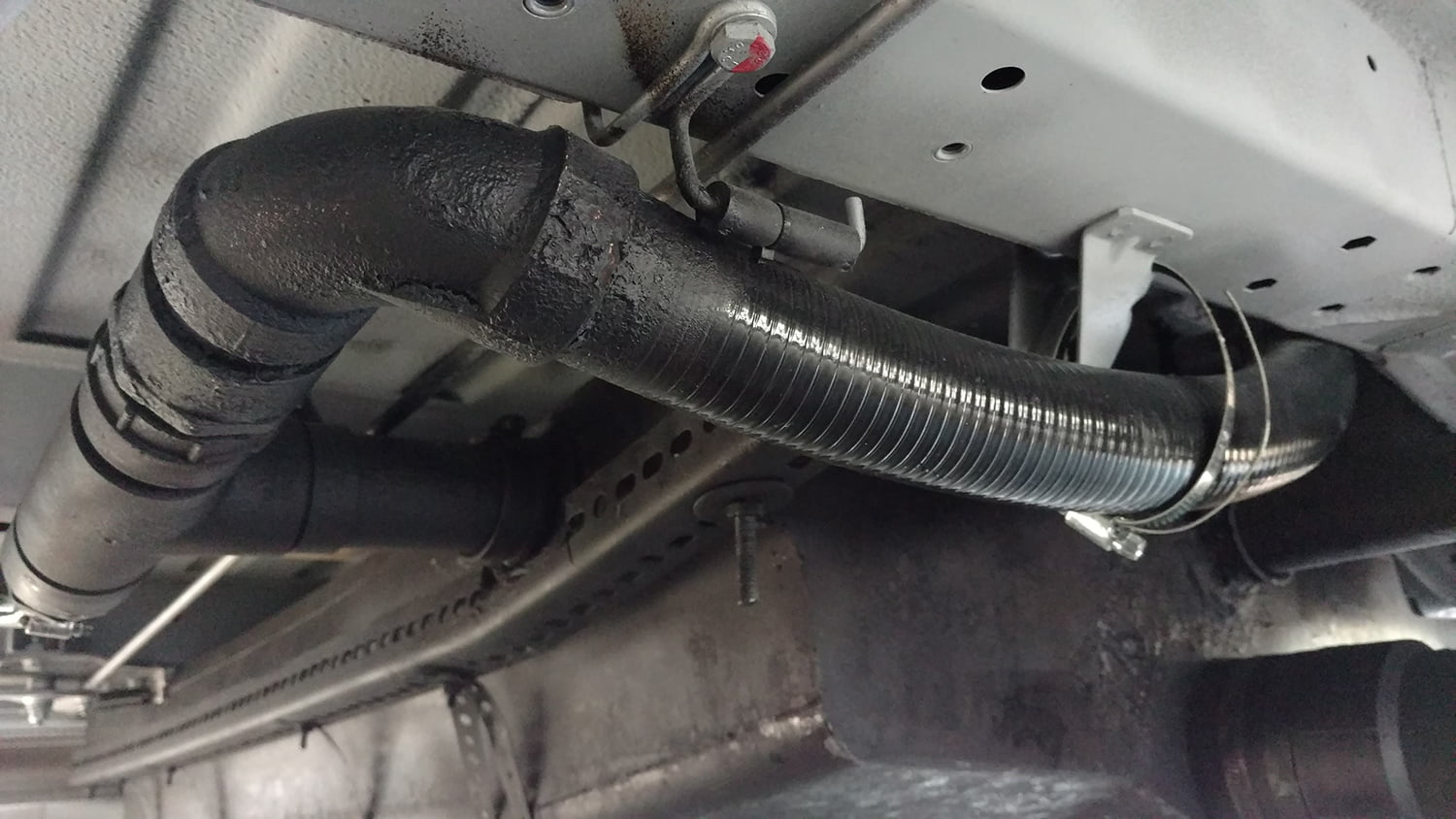
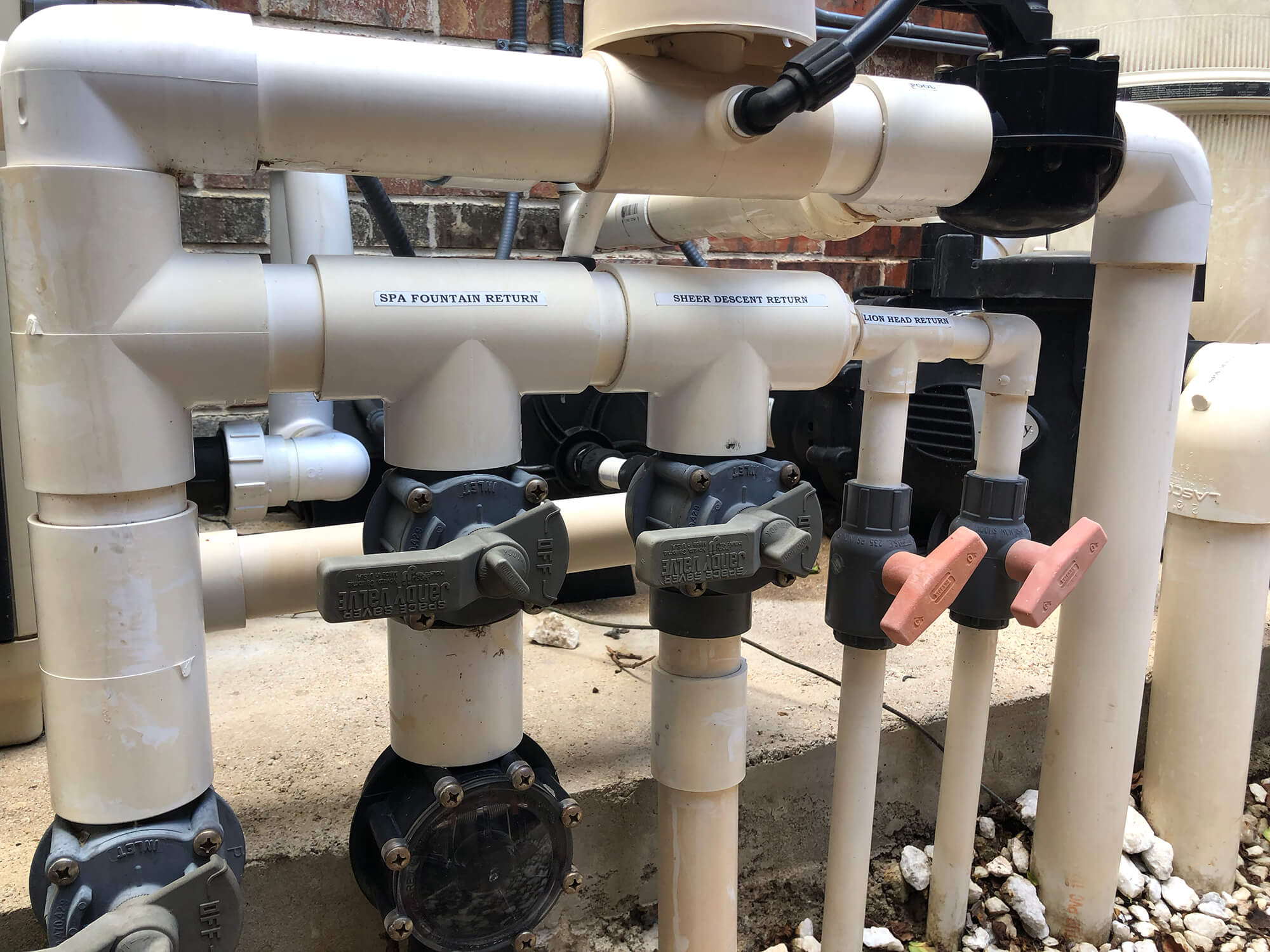
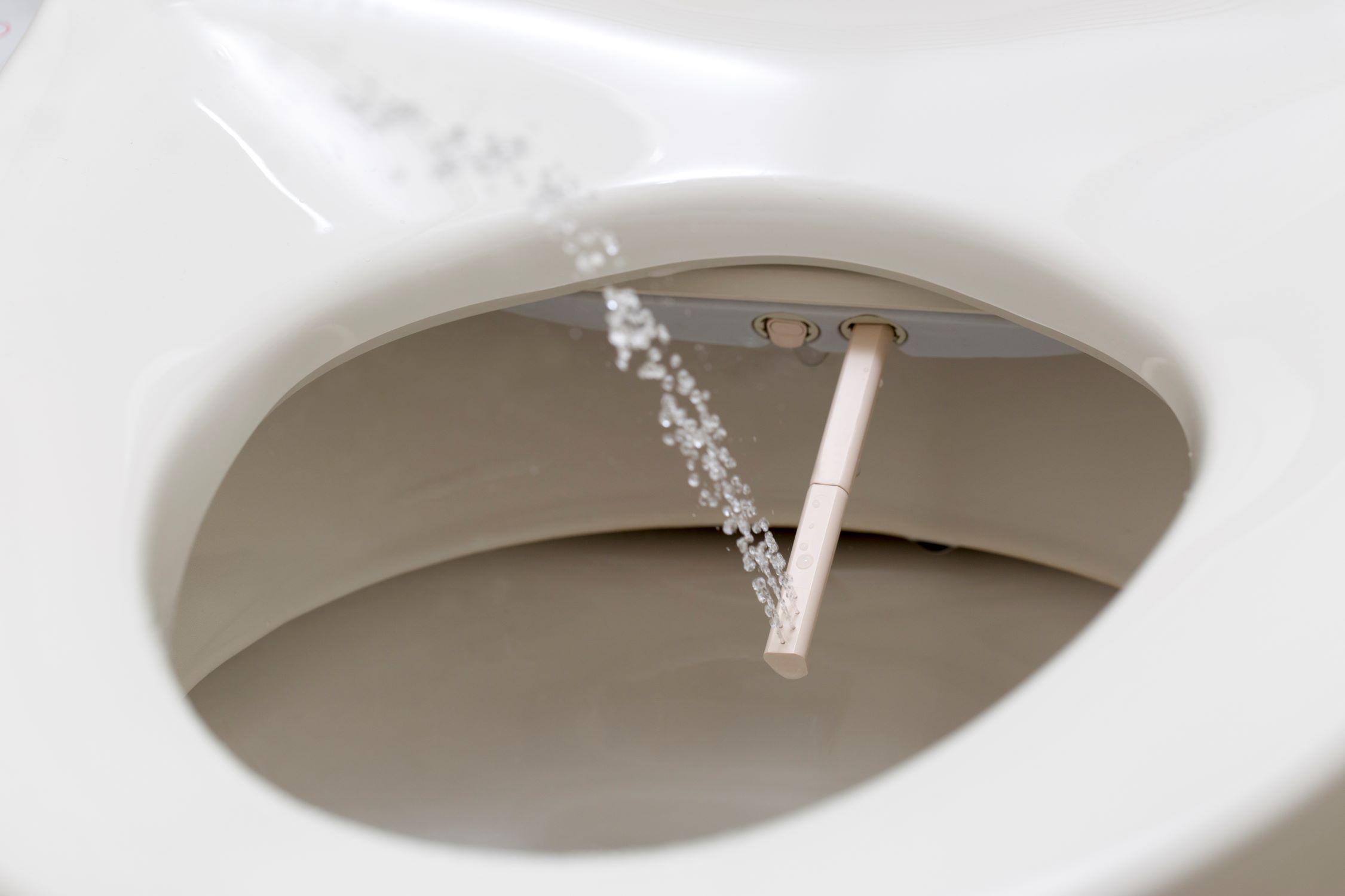
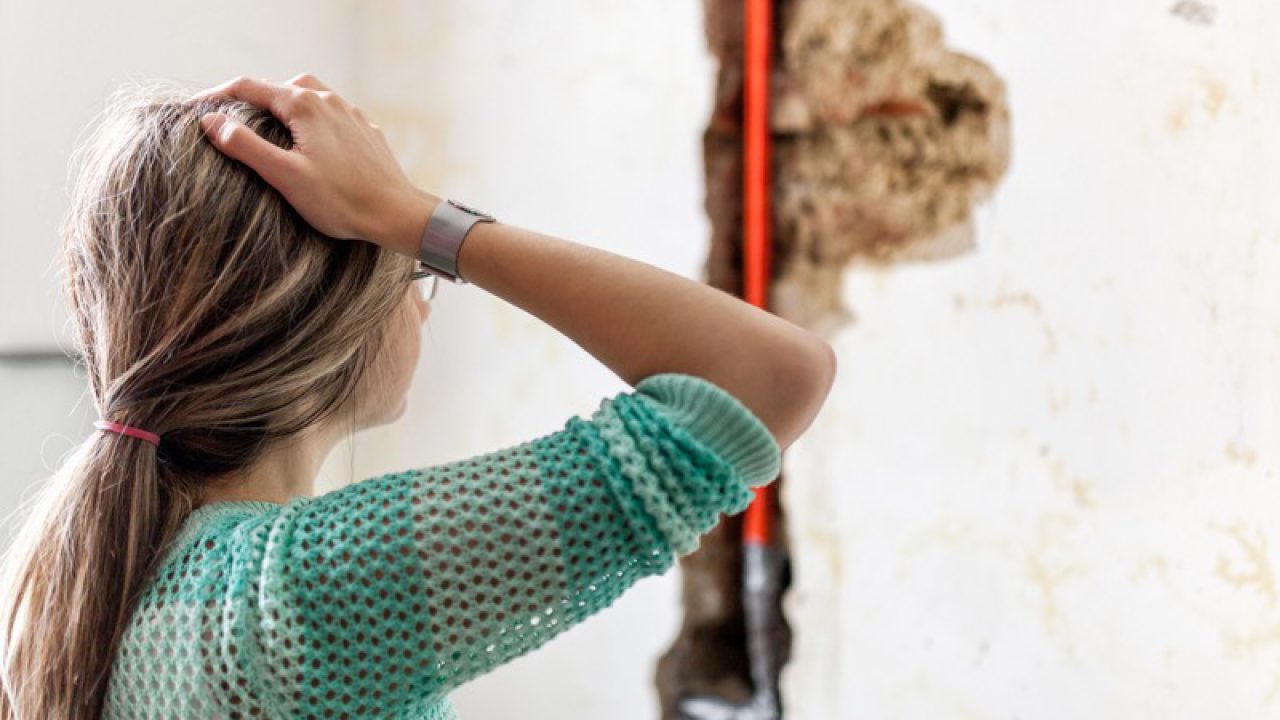
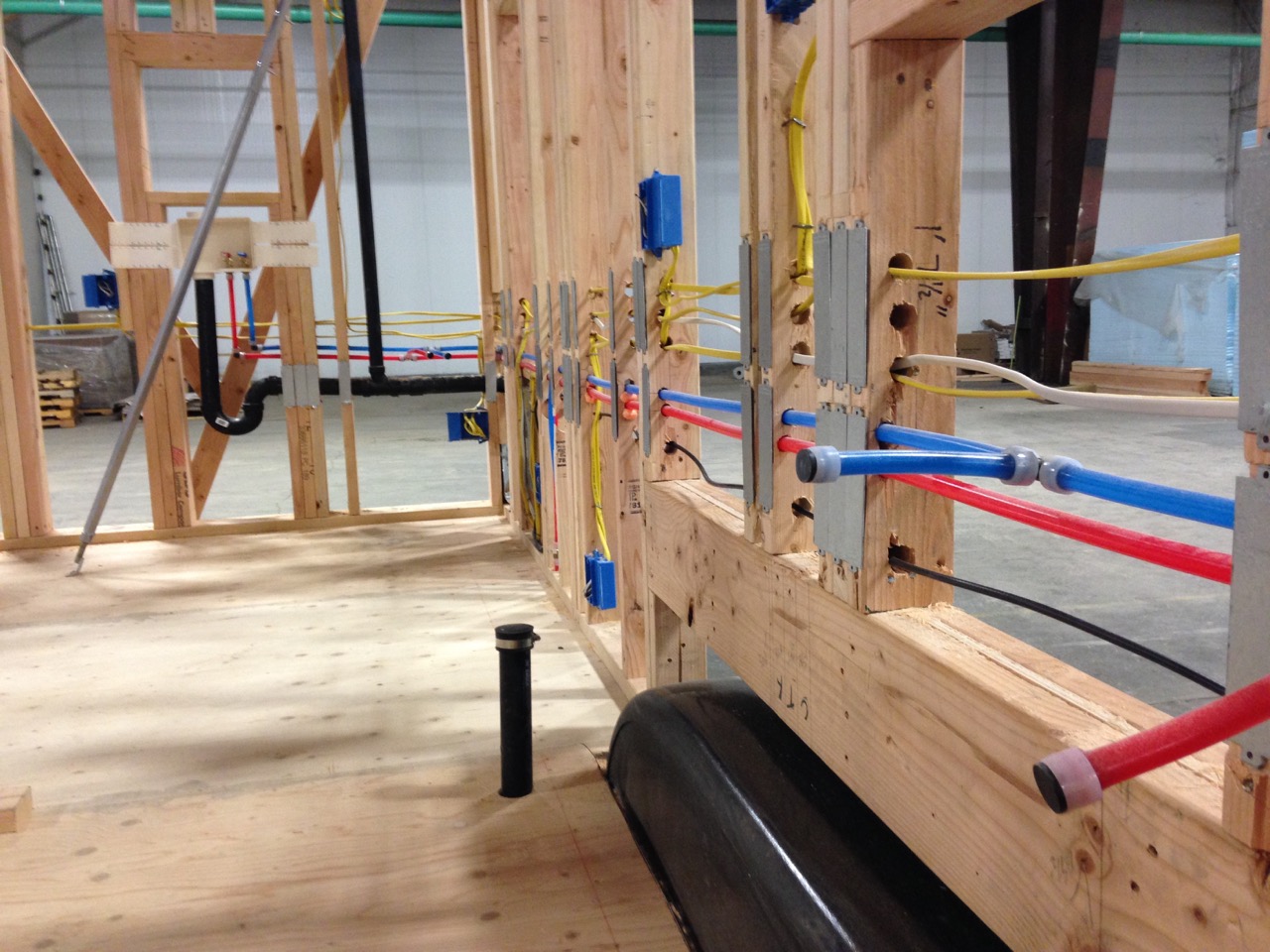
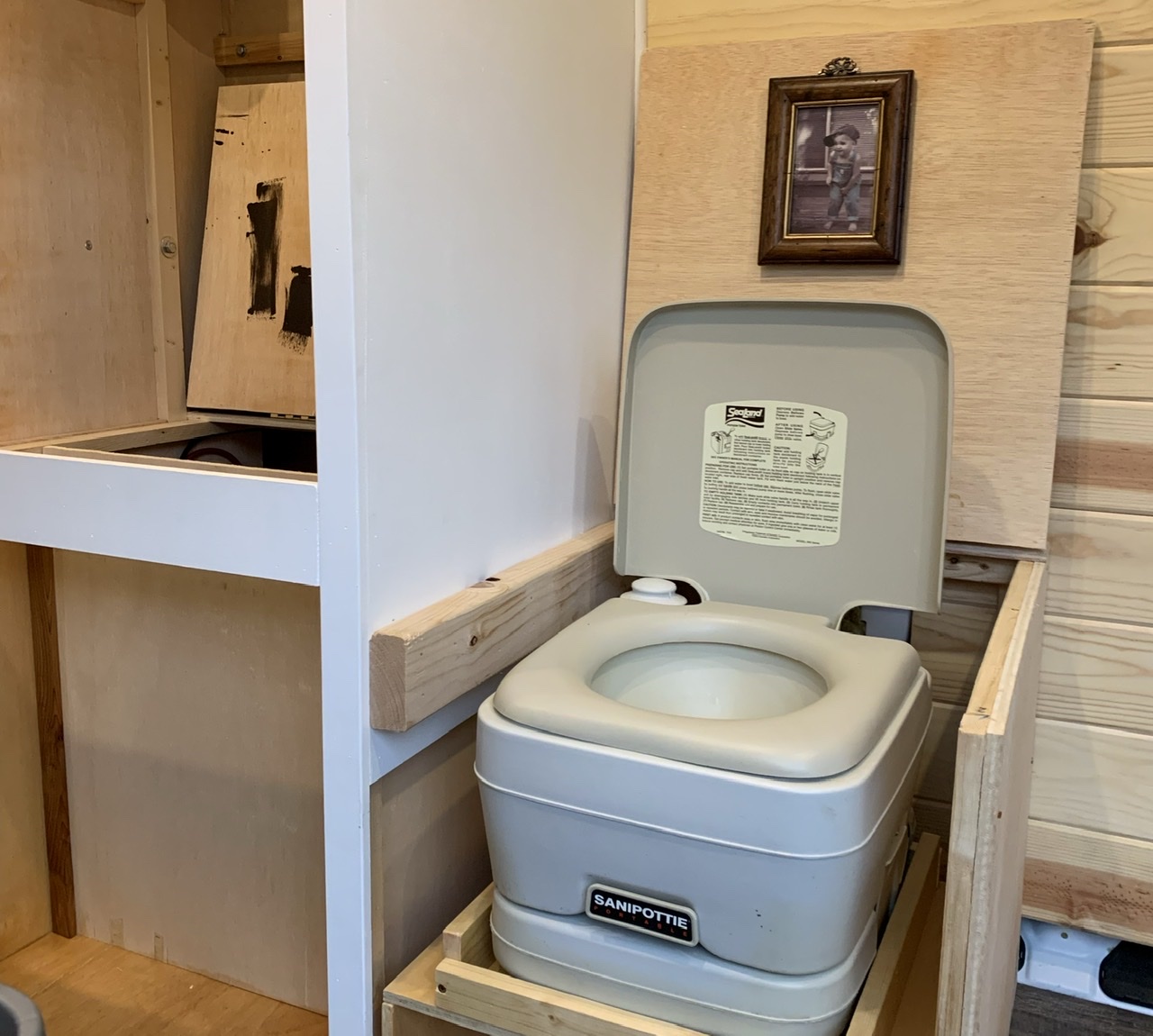
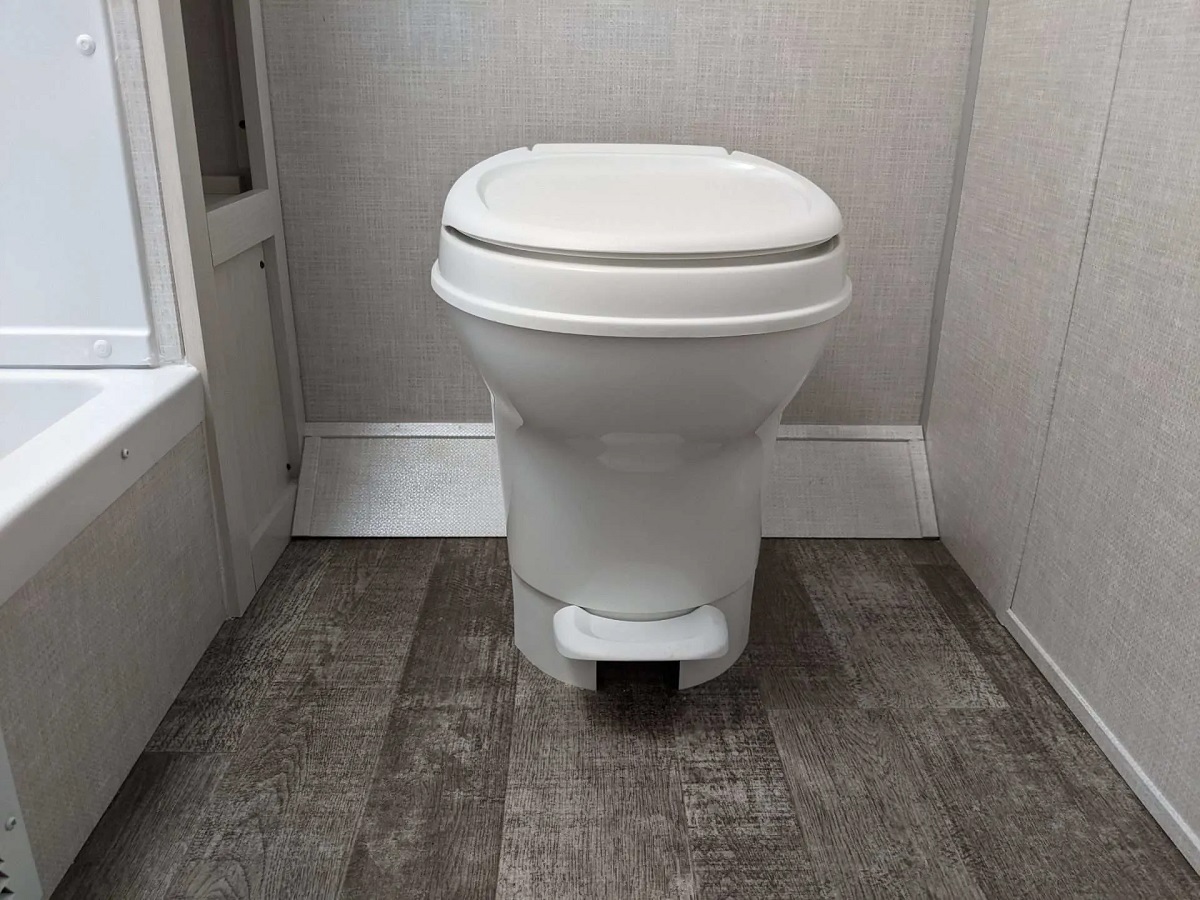
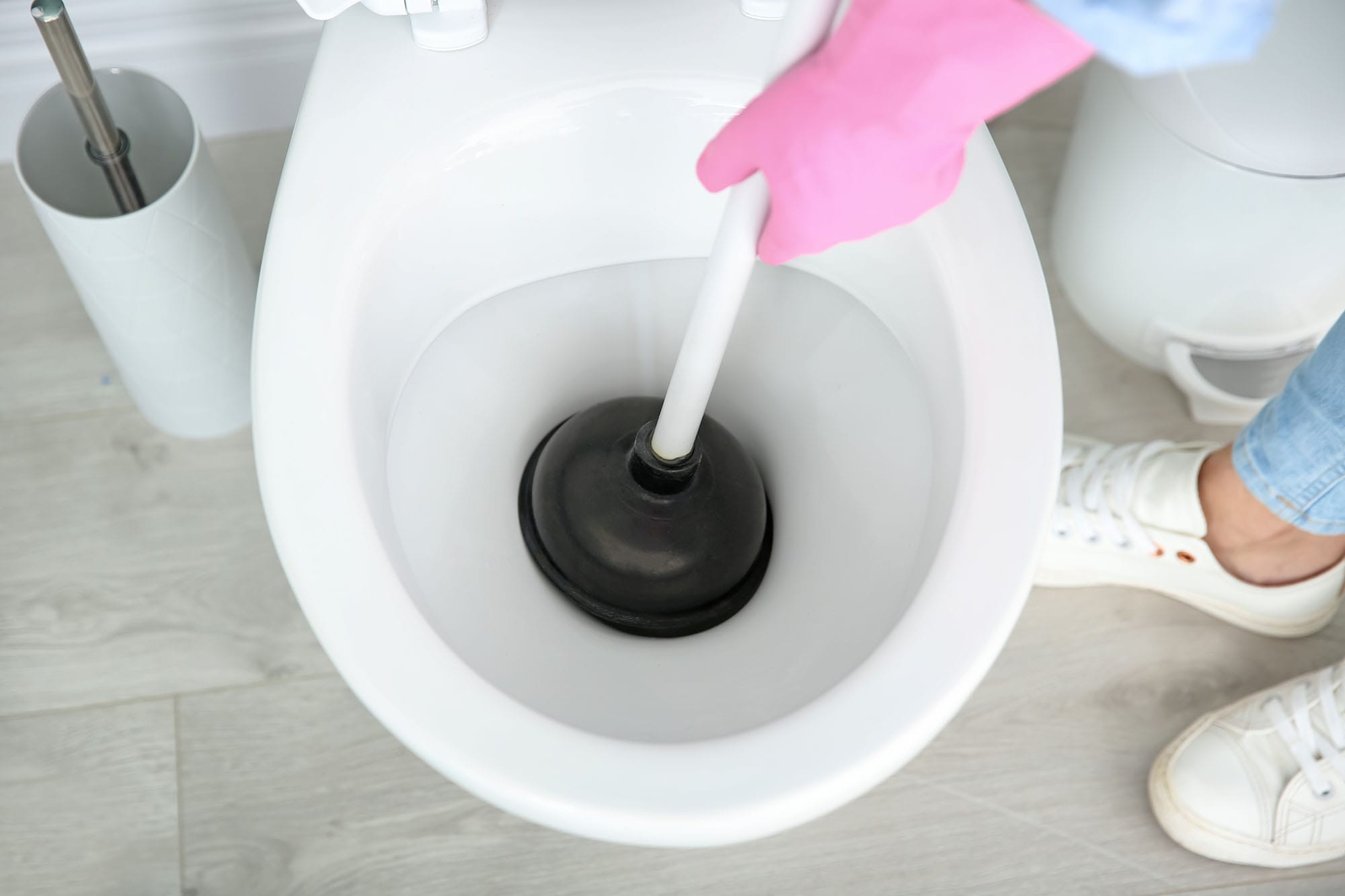
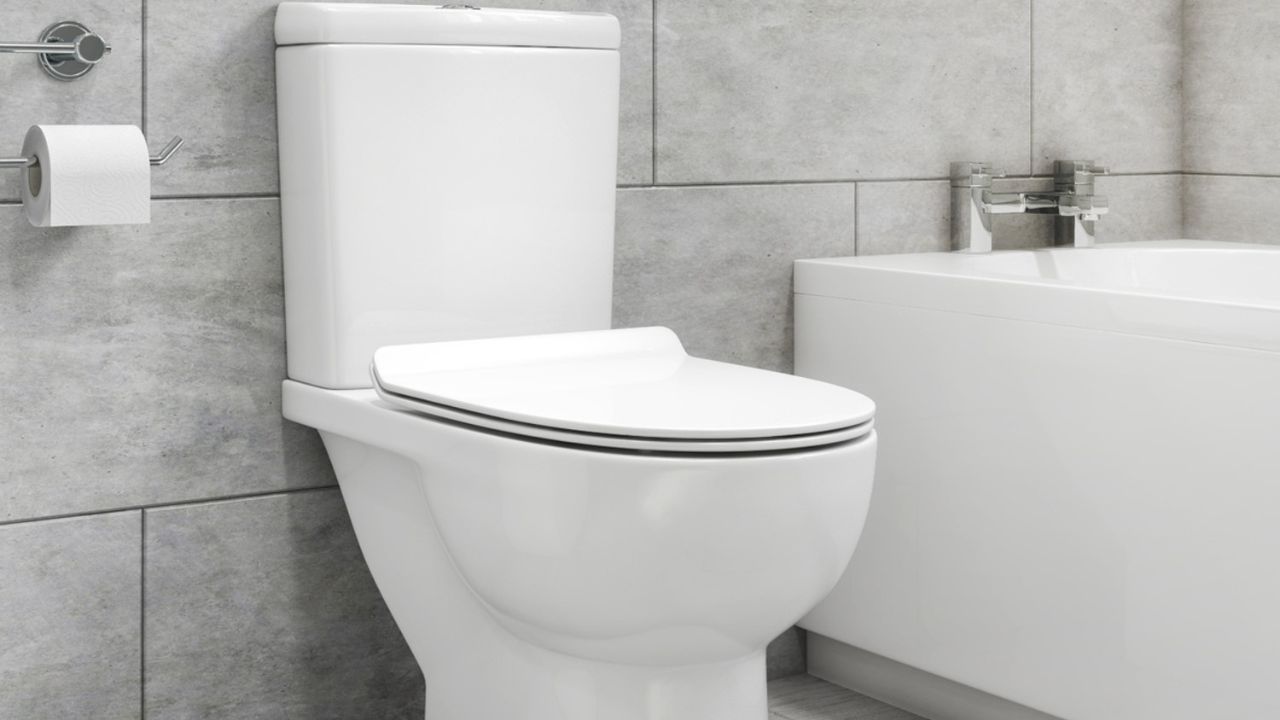
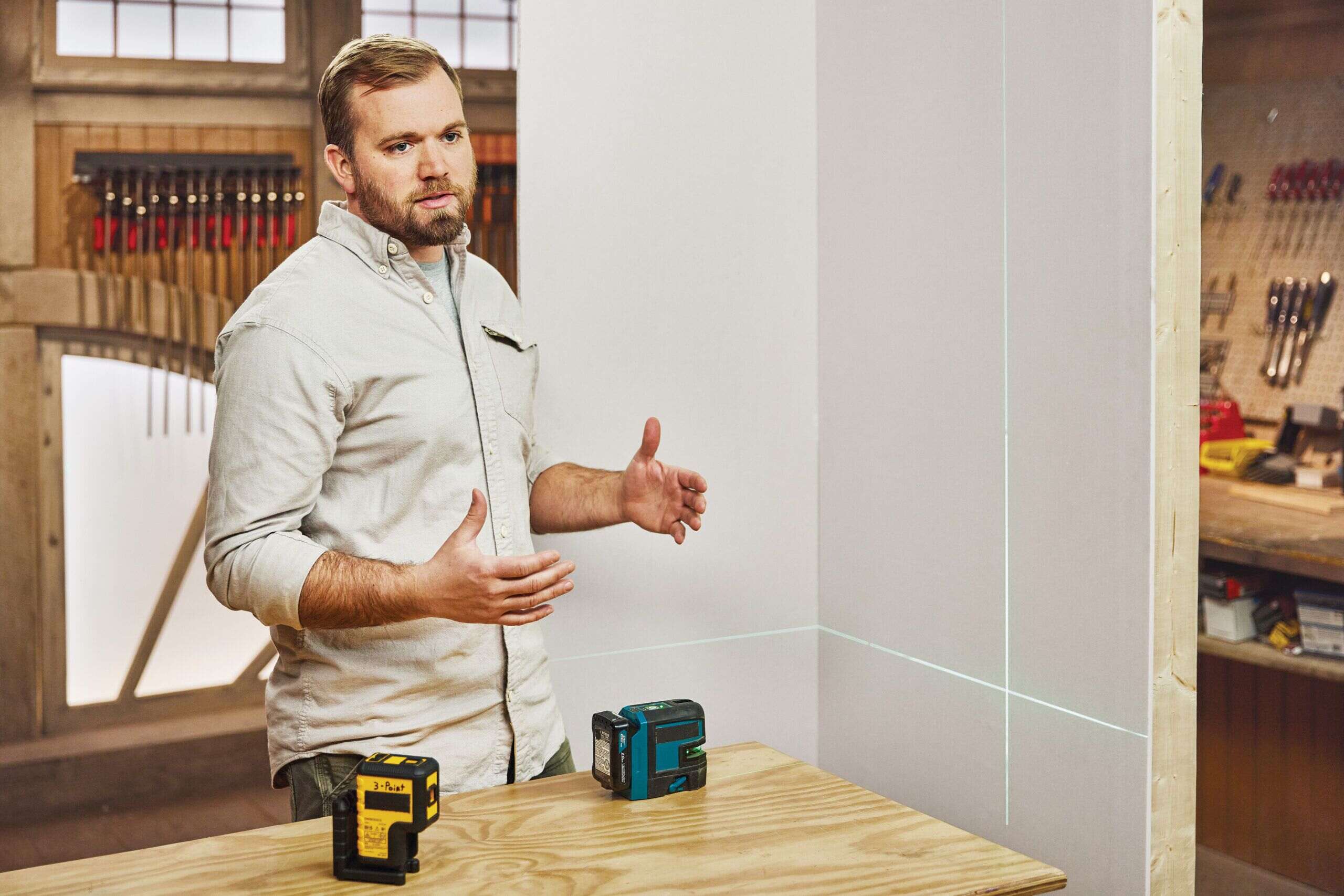
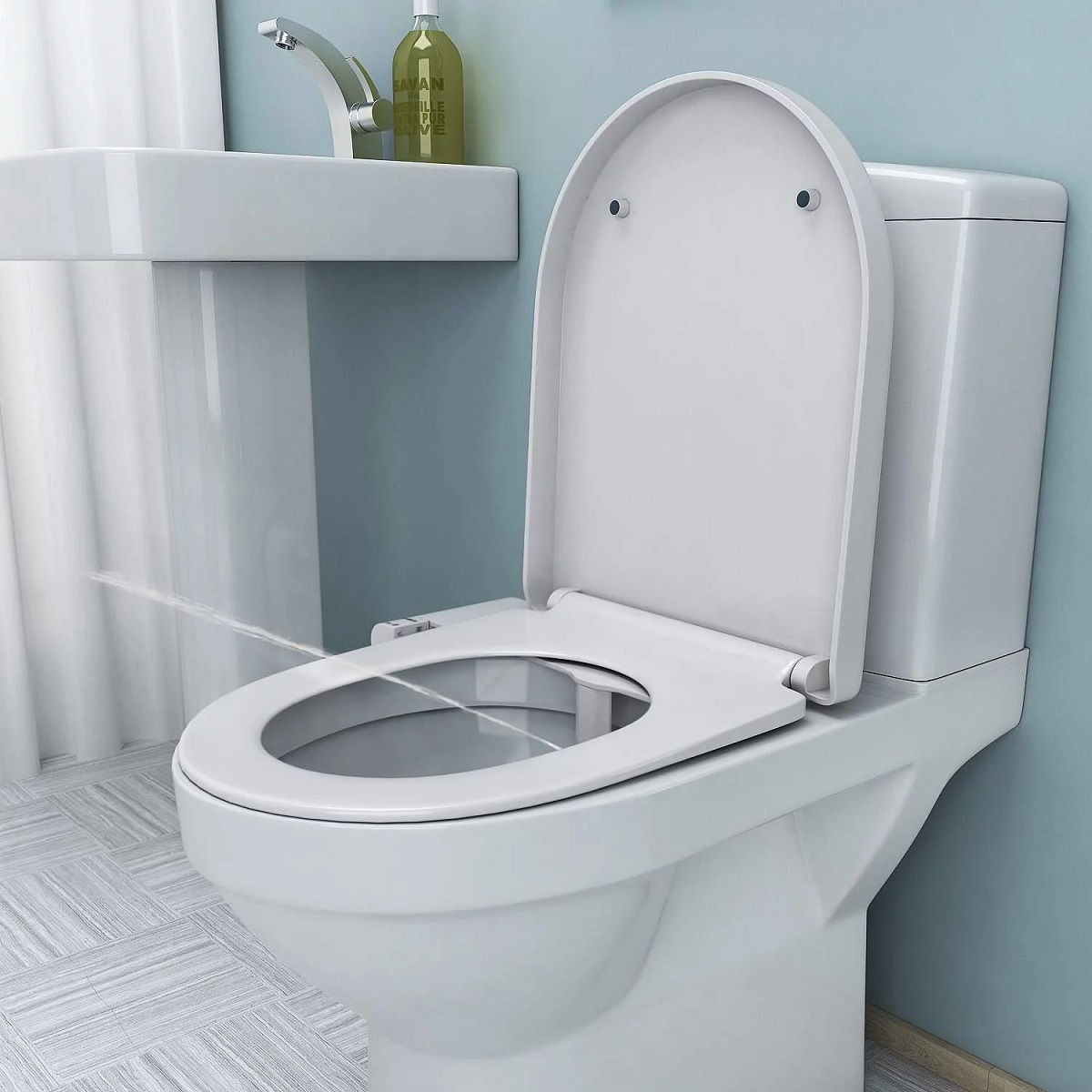
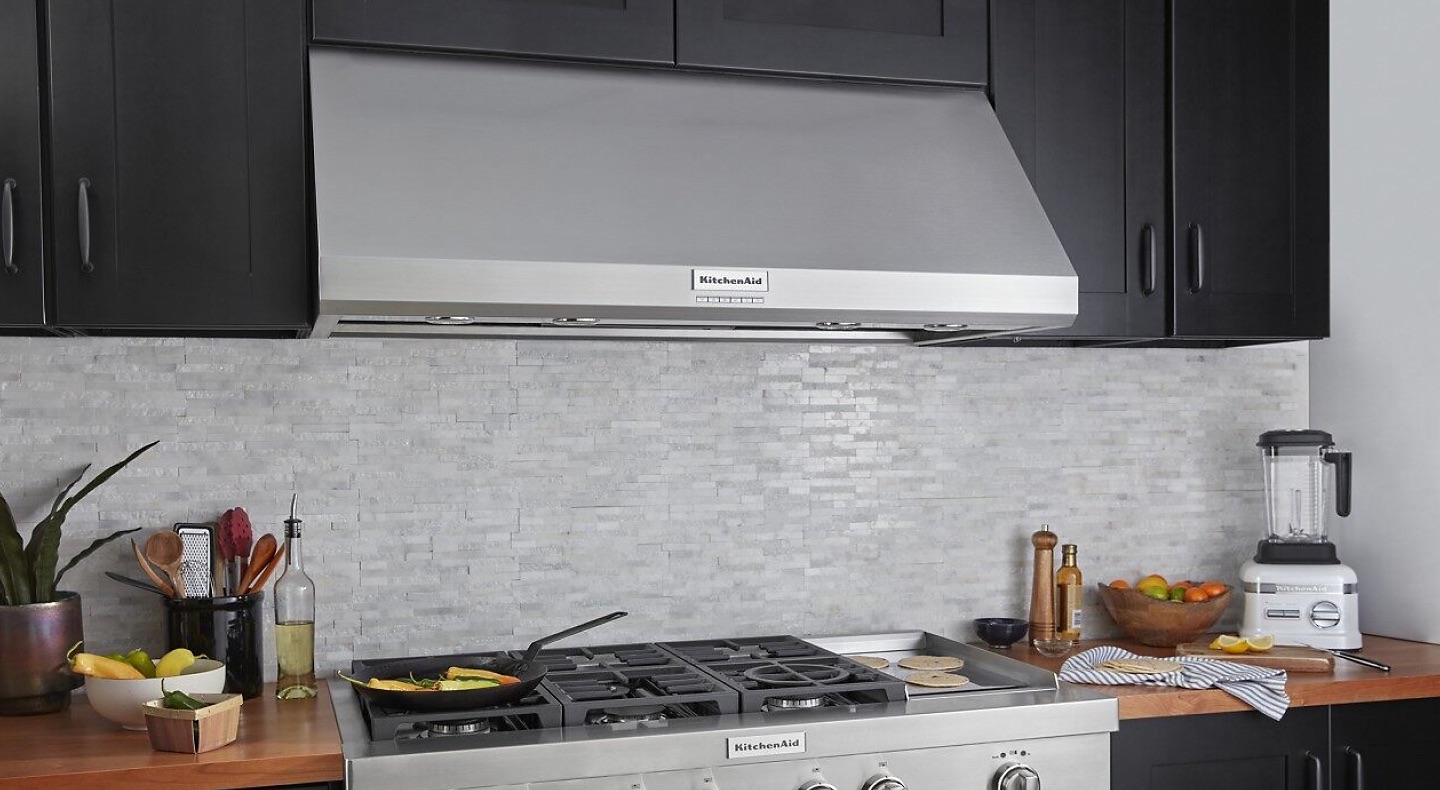
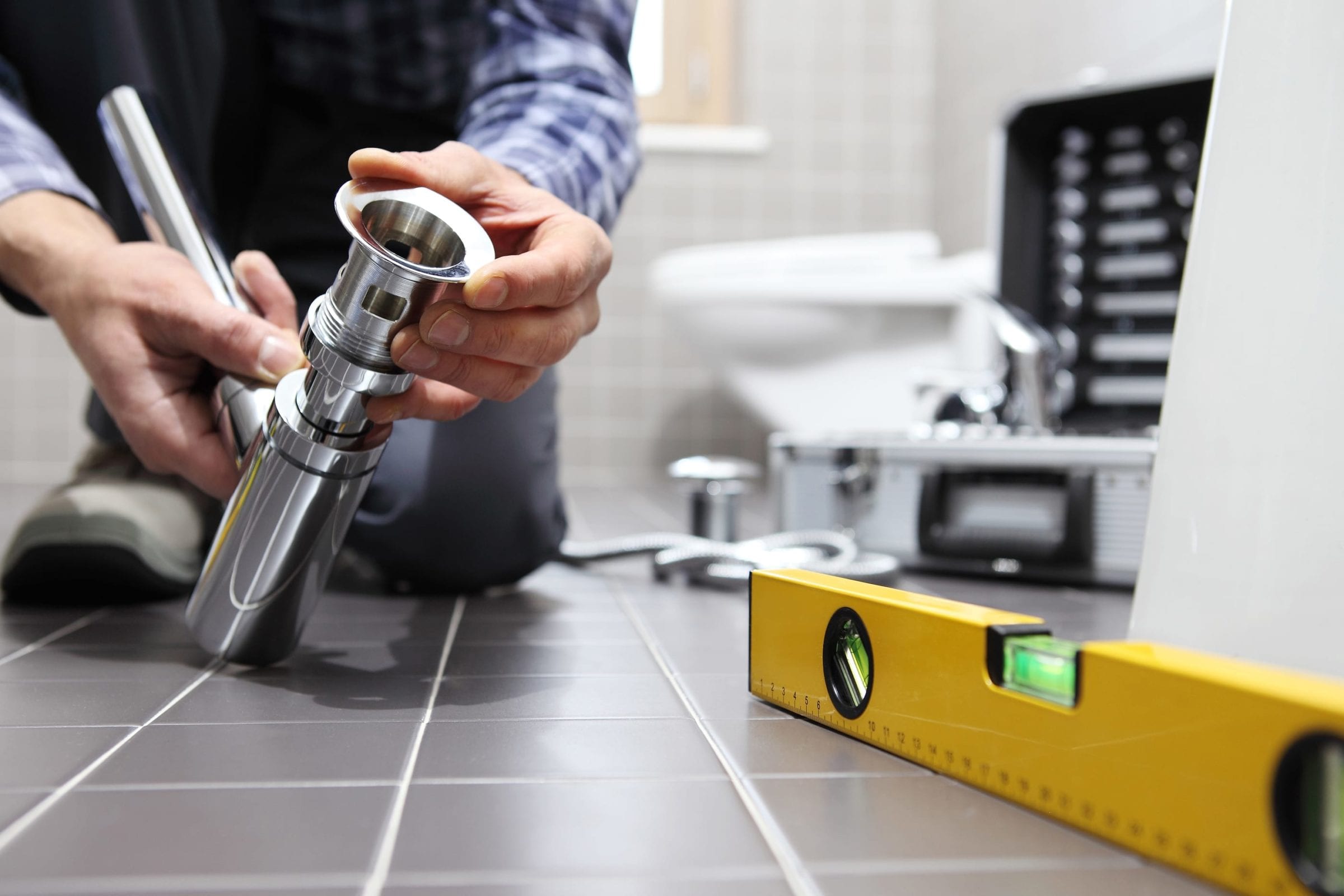
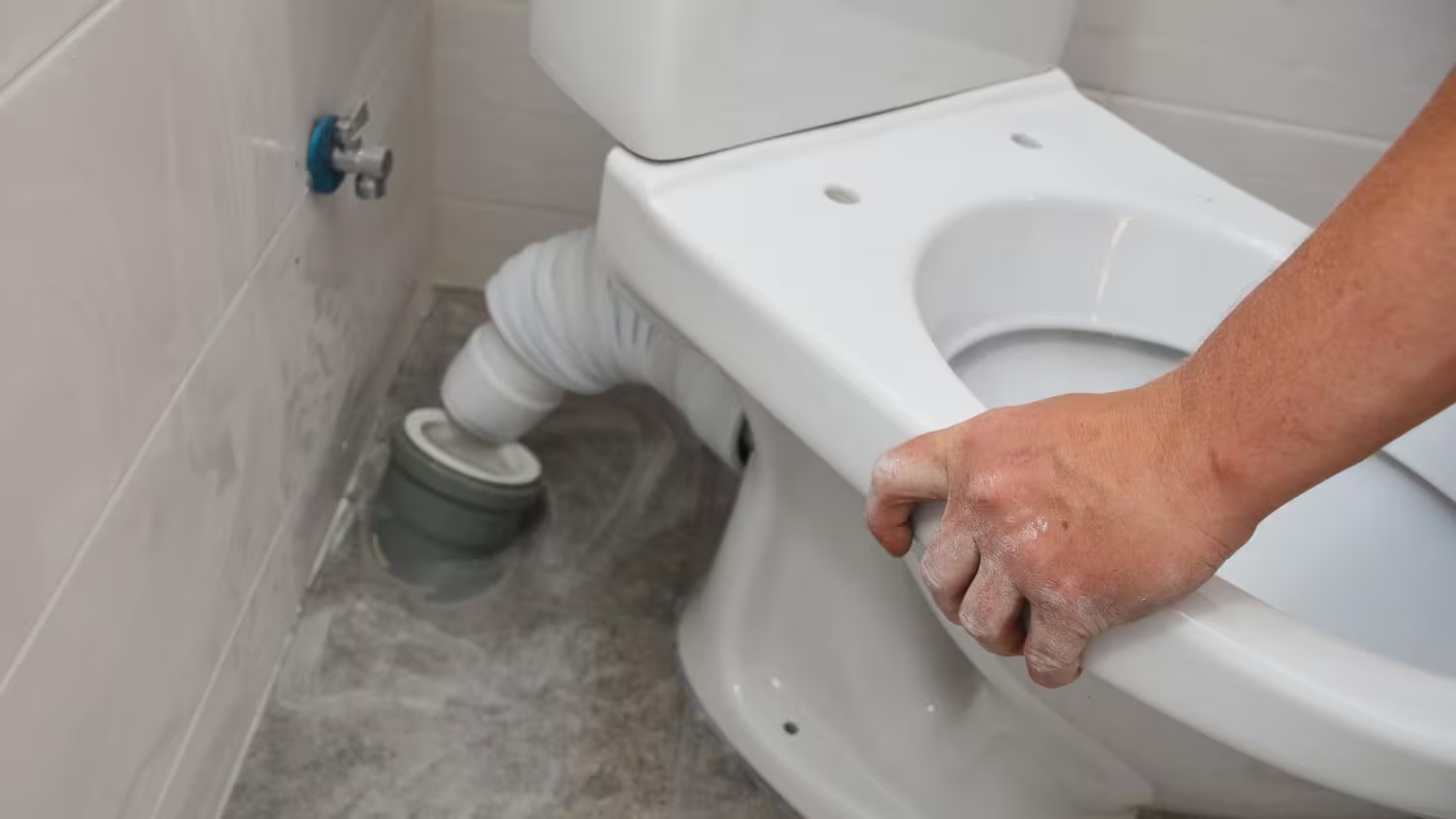

0 thoughts on “How Does Toilet Plumbing Work”